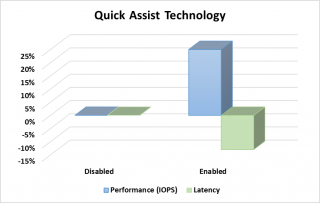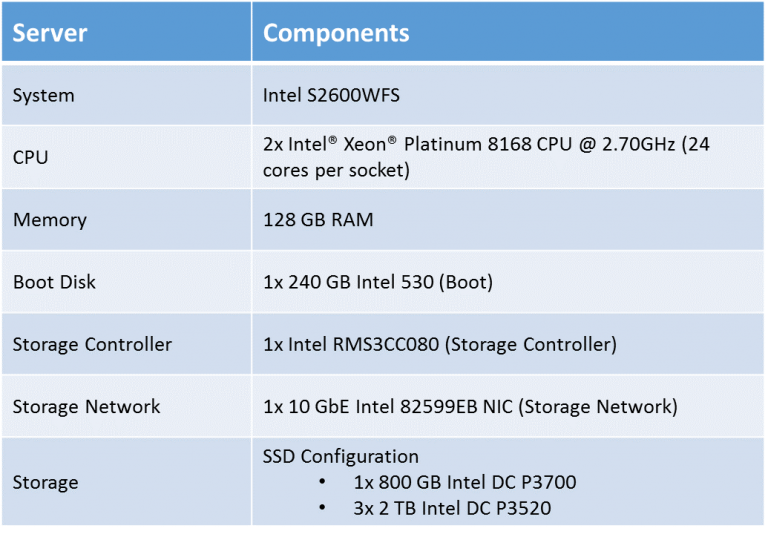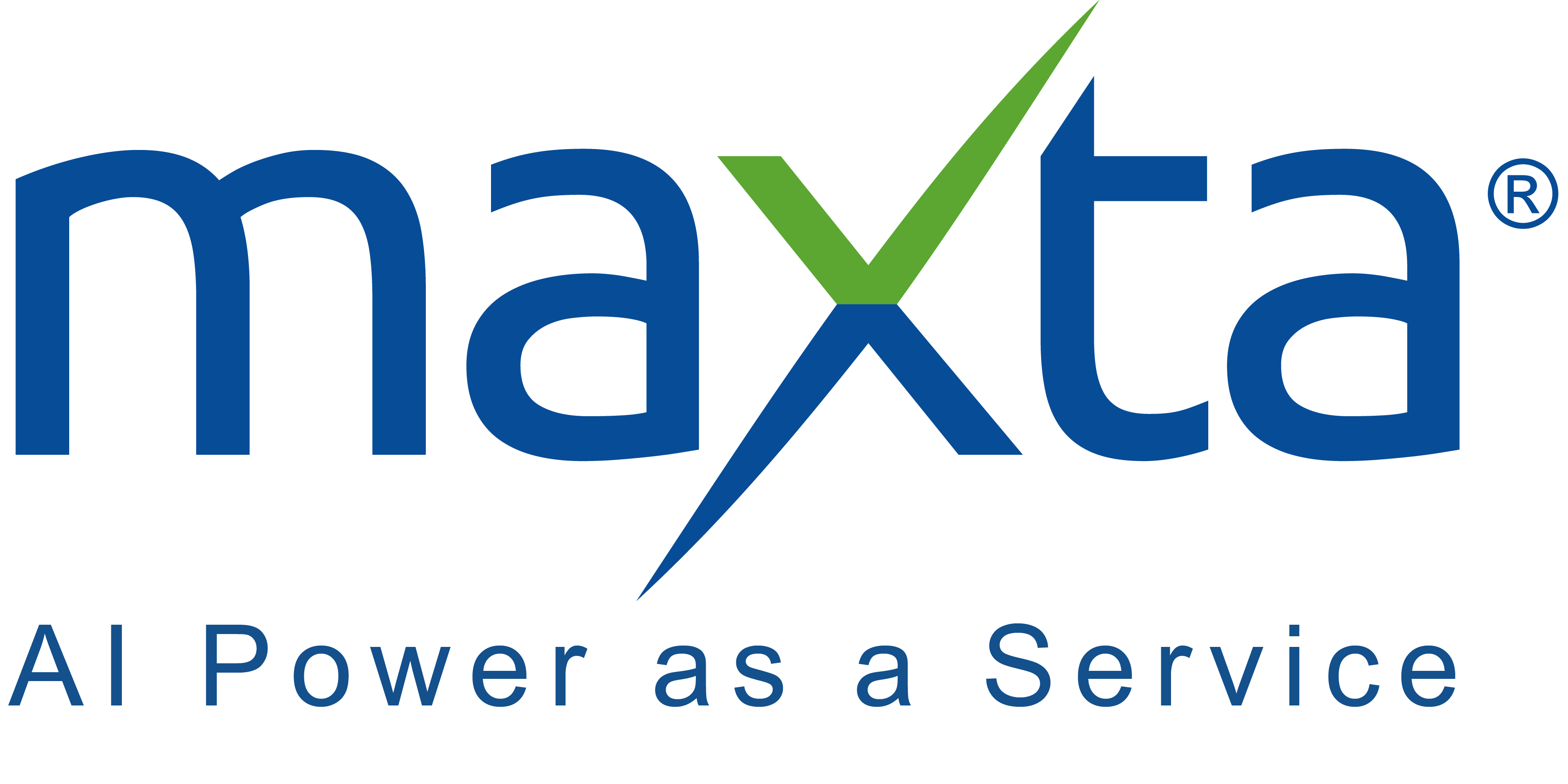Maxta’s hyperconvergence software enables customers to leverage the power of the next generation Intel® Xeon® Processor Scalable Family on the first day of availability instead of waiting months for hardware-based solutions to integrate this new technology. Enterprises and service providers are able to increase VM density, and therefore reduce cost, with Maxta software running on Intel’s next generation server platform. Supporting any standard x86-based server configuration, Maxta HCI solutions dramatically simplify IT management and deliver significant cost savings by eliminating the need for expensive and complicated storage area networks and storage arrays.
The next generation Intel® Xeon® Processor Scalable family is the new foundation for secure, agile, multi-cloud data centers. It represents the biggest platform advancements in this decade. The processor family is architected for exceptional workload-optimized performance and hardware-enhanced security. Designed for trusted data service delivery, the processor family is fueled by significant leaps in I/O, memory, storage and network technologies.
Benchmark testing of a Maxta HCI cluster configured with new Intel® Xeon® Platinum 8168 processors and Intel® Solid State Drive (SSD) Data Center Family with Non-Volatile Memory Express (NVMe™) showed a storage performance gain of 120 percent measured by input/output operations per second (IOPS), with less than half the storage latency as compared to previous generations of Intel technology.

Using Intel® QuickAssist Technology to offload and accelerate real-time data compression operations, the new technology platform offered a further performance gain of 25 percent with an additional 13 percent decrease in latency.

Test Procedure
Flexible I/O (FIO) v2.2.10, a versatile performance measurement tool was used to benchmark the performance. A variety of tests were executed using FIO configured with the libaio engine in order to simulate different types of workloads that are common to a virtualized environment. For all of these tests, a 100GB data disk was deployed to each VM and used as the target for the FIO benchmark.
Testbed Configuration
Maxta labs hosted the benchmarking environment using a 1GbE management network and an isolated 10 GbE storage network. Four Intel servers were configured, each with two Intel® Xeon® Platinum 8168 processors and 128GB memory. The MxSP aggregated storage pool consisted of all NVMe disks. The below table outlines the hardware configuration used for the tests.

Customers get the benefit of:
- Day 0 support of Software-centric HCI support on next generation Intel platform
- Lower cost with higher virtual machine density
- Improved performance


 Maxta Introduces VMware Escape Pod
Maxta Introduces VMware Escape Pod


